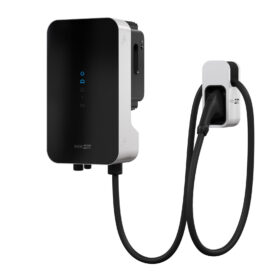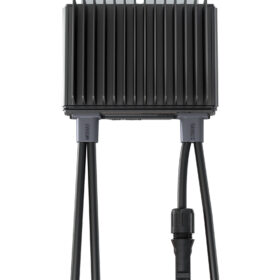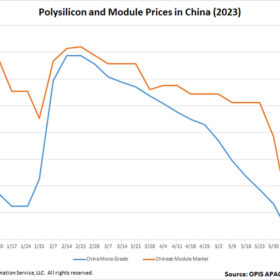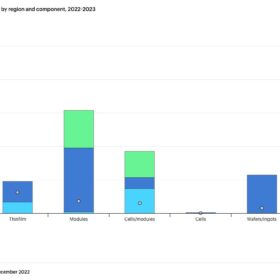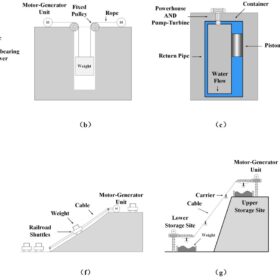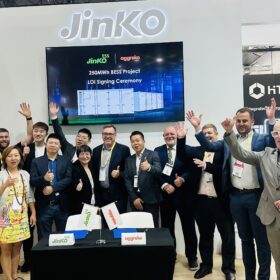SolarEdge unveils bidirectional EV charger
SolarEdge’s new bidirectional DC-coupled electric-vehicle (EV) charger enables vehicle-to-home and vehicle-to-grid applications and can seamlessly integrate with its home energy systems. It is scheduled for release in the second half of 2024.
South Korea launches hydrogen bidding market, Queensland gov assesses water requirement for Gladstone hub
South Korea is opening what it claims is the world’s first hydrogen power generation bidding market, while the Queensland government has approved funding to assess water use in Gladstone’s hydrogen industry.
SMA, Samsung to integrate heat pumps with residential PV
Samsung and SMA are using a new cloud-to-cloud system that allows PV systems with SMA inverters to be integrated with Samsung heat pumps.
SolarEdge unveils power optimisers for residential, commercial PV
SolarEdge has released new optimisers for residential PV applications with a DC power rating of 500 W, a maximum efficiency of 99.5%, and a weighted efficiency of 98.6%. The optimiser for commercial and industrial applications offers 1.4 kW of rated DC power.
Global rooftop PV additions soar by 50% to 118 GW in 2022
The world installed 239 GW of new solar capacity in 2022, according to SolarPower Europe. The rooftop PV segment accounted for 49.5% of additions – the highest share in the past three years. The rooftop sectors in Brazil, Italy, and Spain grew by 193%, 127%, and 105%, respectively.
China solar module prices dive
In a new weekly update for pv magazine, OPIS, a Dow Jones company, provides a quick look at the main price trends in the global PV industry.
Global PV manufacturing capacity to reach 1 TW by 2024
PV manufacturing capacity is projected to more than double by 2024, led by China, but oversupply is also anticipated, according to the International Energy Agency (IEA).
Australia and China strengthen hydrogen cooperation
China’s deputy head of the National Development and Reform Commission is reported to have recently met with Andrew Forrest, founder and executive chairman of Fortescue.
Global solar additions to hit 310 GW in 2024, says IEA
The International Energy Agency (IEA) said in a new report that solar will remain the main source of global renewable capacity expansion in 2023, accounting for 286 GW. In 2024, the figure is set to grow to almost 310 GW, driven by lower module prices, greater uptake of distributed PV systems, and a policy push for large-scale deployment.
Hybridising gravity energy storage with batteries, supercapacitors
Developed by Chinese researchers, the novel hybrid storage technology may achieve an efficiency of over 80% and be applied in distribution and transmission grids. The proposed combination is reportedly able to offer the advantages of gravity energy storage and power-based storage systems in a single solution.
